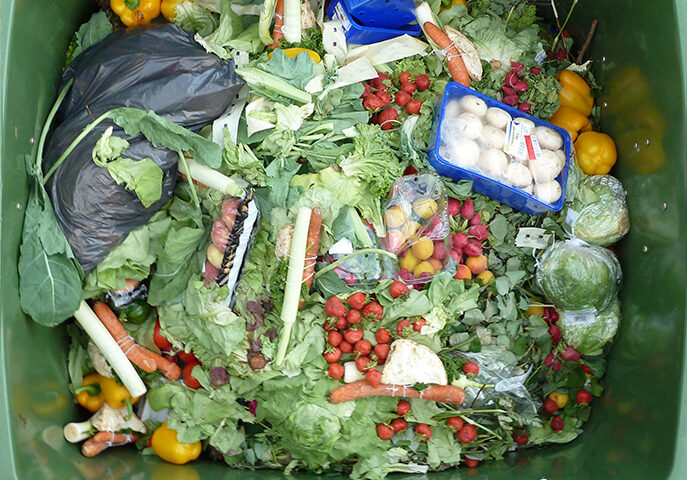It’s not always easy to know which food is best for avoiding the impact of cholesterol on heart health and overall well-being. Eggs, for example, have often received negative press related to cholesterol. However, new clinical research by the Duke University School of Medicine shows eating fortified eggs, such as the Eggland’s Best brand, didn’t negatively affect cholesterol levels. Additional findings suggest that eating 12 eggs a week can be part of a healthy diet, even for high-risk individuals.
Research also suggested that such eggs could potentially reduce levels of “bad cholesterol” (LDL cholesterol) in older individuals and those with diabetes, and may help increase levels of “good cholesterol” (HDL cholesterol) in older individuals. The eggs may also increase Vitamin B12 levels, helping support a healthier lifestyle. (More information about the study is available at EgglandsBest.com/EggStudy).
Dawn Jackson Blatner, a registered dietitian and nutritionist, said this clinical study helps clarify the confusion regarding the nutrition of eggs and can help people feel more confident about including fortified eggs as part of a healthy diet, even for people who are at high risk for heart disease. She also shared tips for people who may be looking to lower their cholesterol levels:
- Eat more fiber-rich food for a healthy heart and lipid levels. They include whole grains, fruit, vegetables, beans, lentils, nuts, and seeds.
- Switch to more heart-smart fats to add flavor, such as olive oil, nuts, seeds, avocado, and fish. Decrease food that’s higher in saturated fat, like butter, cheese, fatty meat, and fried food.
- Choose eggs wisely. Not all are created equal. Eggland’s Best have more than double the omega-3s and Vitamin B12, 25 percent less saturated fat, 10 times more Vitamin E, and six times more Vitamin D compared to ordinary eggs.
SALMON AND AVOCADO TOAST IN FIVE MINUTES
(Pictured: This salmon and avocado toast recipe includes eggs.)
Dawn Jackson Blatner , a nutritionist and dietitian, shares her favorite recipe for a salmon and avocado toast that contains healthy fats and wholesome ingredients
Prep time: 5 minutes. Cook time: 5 minutes.
Total servings: 2 avocado toasts.
Ingredients:
2 Eggland’s Best eggs, large.
1 teaspoon olive oil.
2 slices whole grain bread, toasted
1/2 avocado.
1 cup raw spinach or arugula.
2 ounces smoked salmon.
Black pepper, to taste.
Instructions:
1. In a skillet over medium heat, add olive oil, eggs, and cook until eggs are over-medium.
2. Top each piece of whole grain toast with equal amounts of (in this order) sliced avocado, spinach, salmon, and a cooked egg and sprinkle of pepper.
Allergy information: No added sugar (can be gluten-free if gluten-free bread is used).
Source: Brandpoint Features


